Pottery analysis
Ass. Prof. Dr. Irmgard Hein
The analysis of pottery plays a decisive role within archaeological research worldwide. Pottery is the oldest man-made synthetic material, providing a big spectrum of options of design, due to its mouldability (plasticity). Apart from the overwhelming quantitative amount of ceramics used as vessels, small objects (figures, figurines, amulets, pearls, etc.), but also masks or objects of daily use like furniture, floor tiling, or wall tiles have been made of pottery[1].
The basic material for ceramics can be found almost everywhere: roughly speaking, it is earth material, clay, which, depending on its deposit (source), has different composition and characteristics. We differentiate two groups of base materials: sediments and clay slate.
In several work steps, including crumbling, rinsing, slurrying and sintering, a moist, formable paste is produced, which is suitable for further processing in a water-enriched state. In order to change various other properties of the raw material, e.g. plant fibers, or minerals in crushed form (so-called leaning particles) can be added.
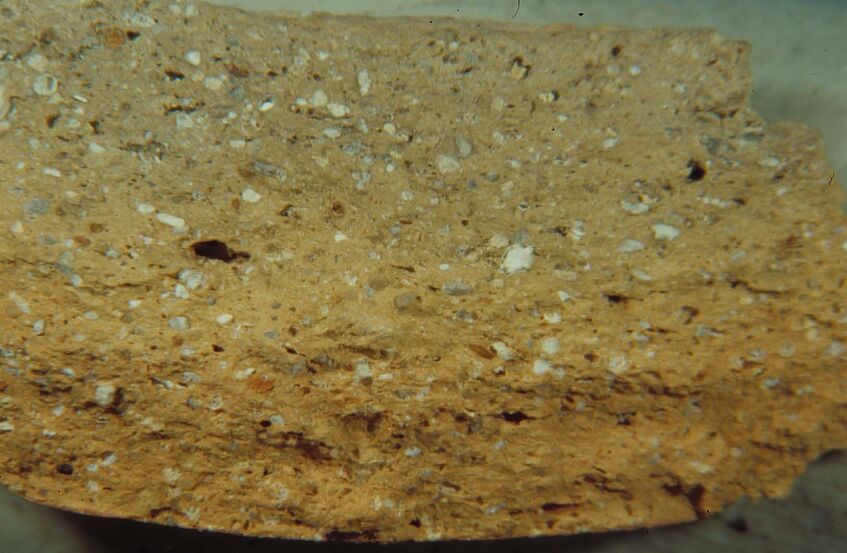
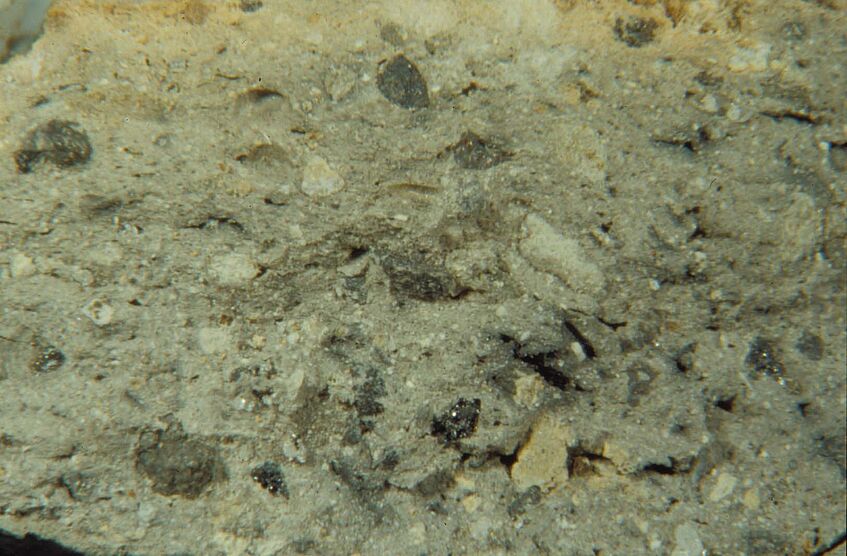
After the production of the basic material, the object undergoes formal artistic processes carried out by hand or with different tools, revealing different traces of technological forming processes. For the final surface design several other techniques can be used, including smoothing, polishing, colouring, glaze, incision or stamped décor.
The so produced object is gradually deprived of moisture in several drying steps, thus increasing the stability of the moulded body. As a, in most cases, last step the object are fired, using various firing techniques, ranging from fire pits to complicated kilns.
All components of the material and all manufacturing steps of the processing leave traces in the objects, which can be researched by means of analytical investigations.
VIAS analyses pottery in different processes, in order to answer questions regarding origin and technological production of the raw materials. In addition to the well know thin-section analysis (petrography)[2], providing information on mineralogical compositions, due to technical and digital developments, further analytical methods, e.g. the usage of scanning electron microscopy (SEM), used for the identification of certain characteristics, as well as, XRF-analyses, XRD, or ICPMS, in cooperation with other university institutes.
According to the VIAS's mandate to advance the development of archaeological research methods, other approaches are currently being used, primarily in order to develop digital image analysis of ceramic thin sections. As a tool, this method will enable automated origin determinations based on reference samples. This analysis is part of an international collaboration with colleagues from Mexico. In addition, studies are currently being carried out on ceramics from Egypt (Tell el-Dab'a and Karnak-North) and Cyprus.
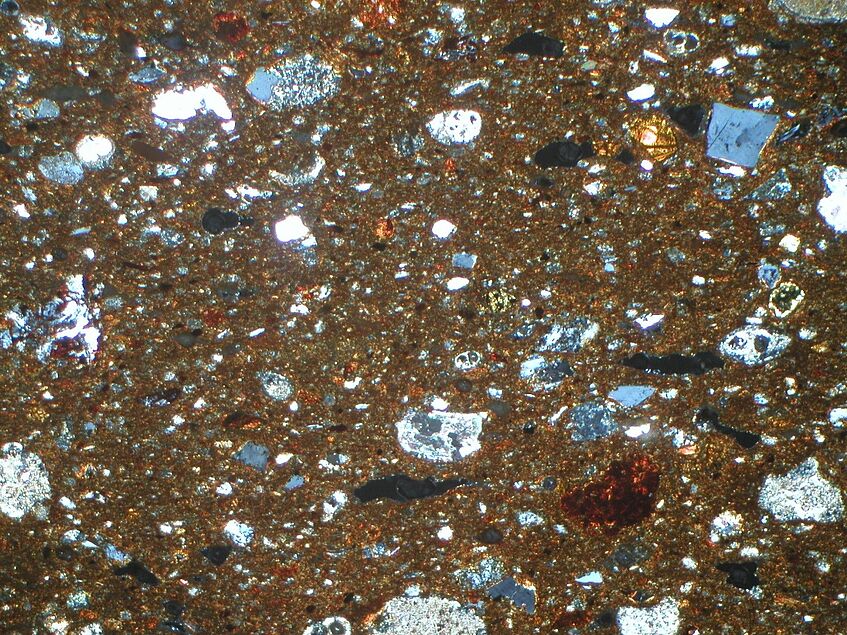
Thin section of a piece of pottery from Cyprus
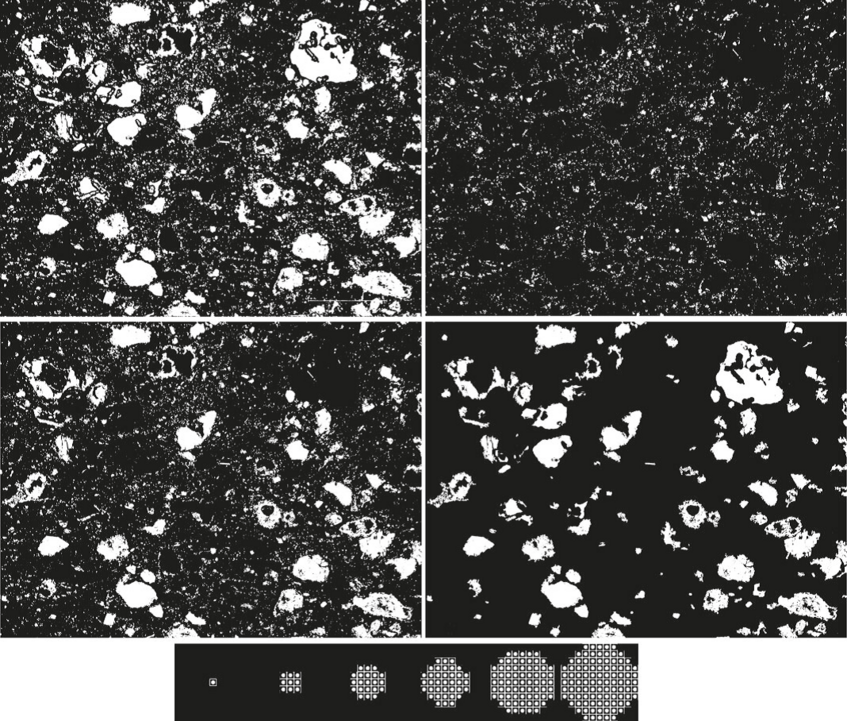
Granulometry recoding
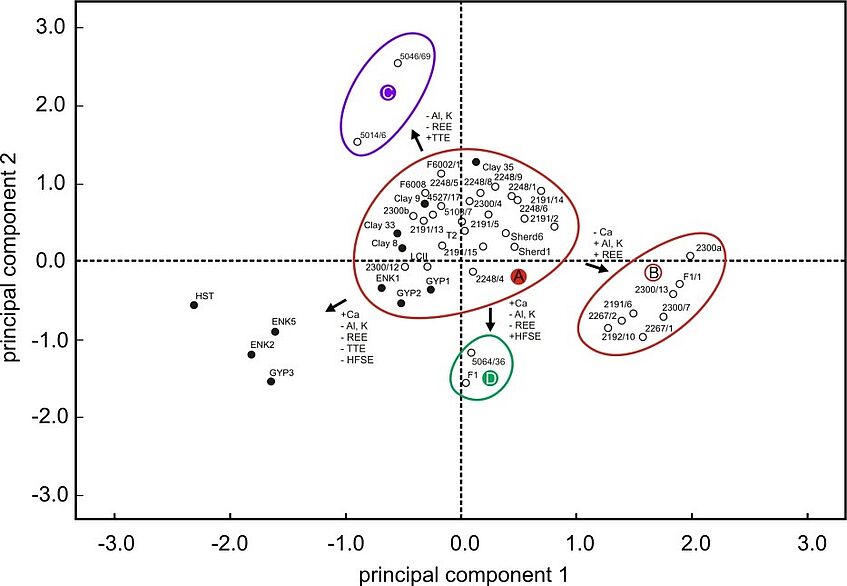
Score plot of a principal component analysis based on 22 major and trace elements
(See: Tschegg et alii, Journal of Archaeol. Science, 36, 2009, 1109, Fig. 4)
[1] Related to ceramics is also faience production, as well as the production of glazed ceramic objects, which achieve polychrome glazed surfaces through the use of special minerals and heating methods.
[2] At the beginning of pottery analysis at the VIAS under H. Herold, petography and SEM were favoured.
